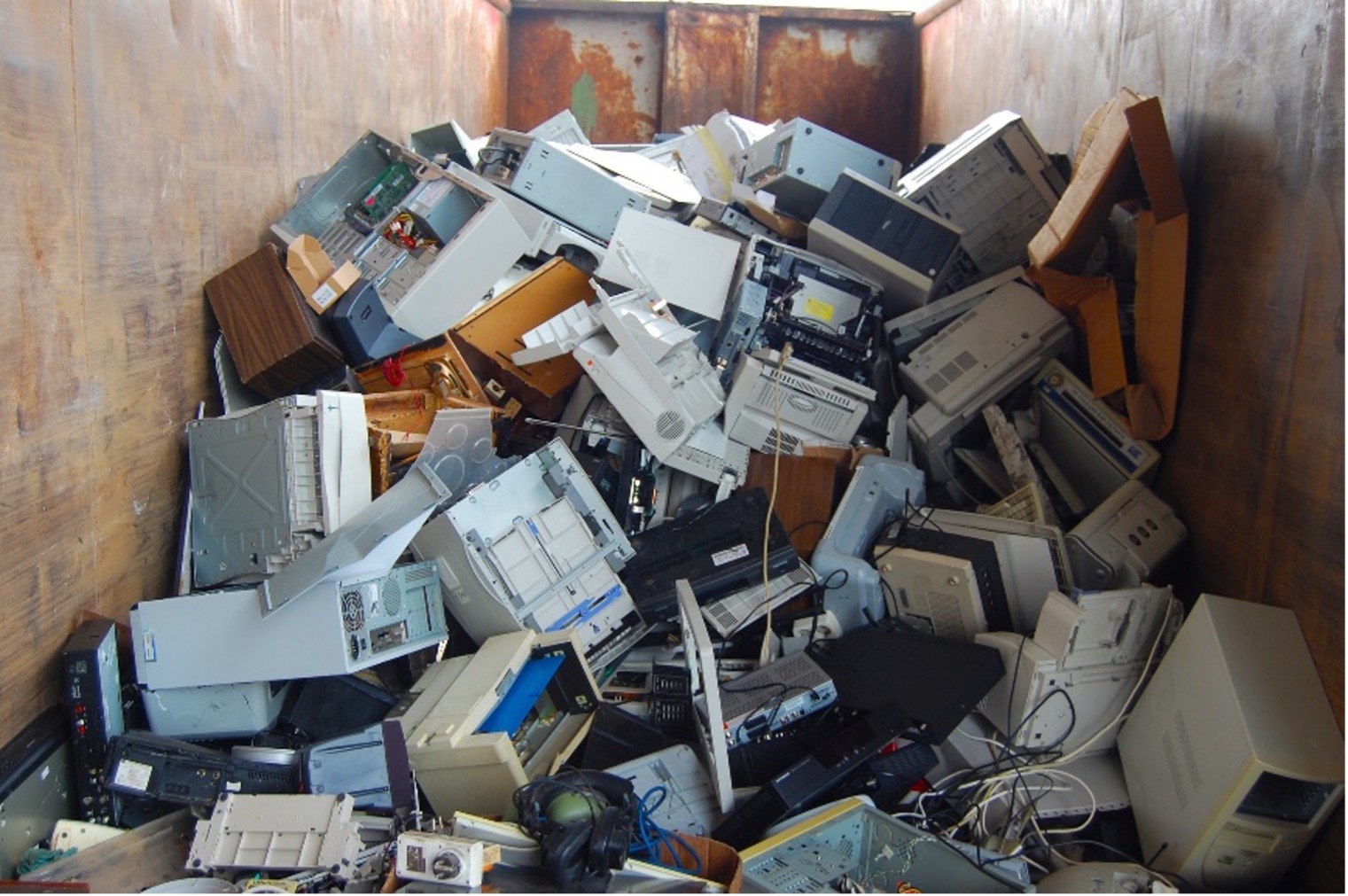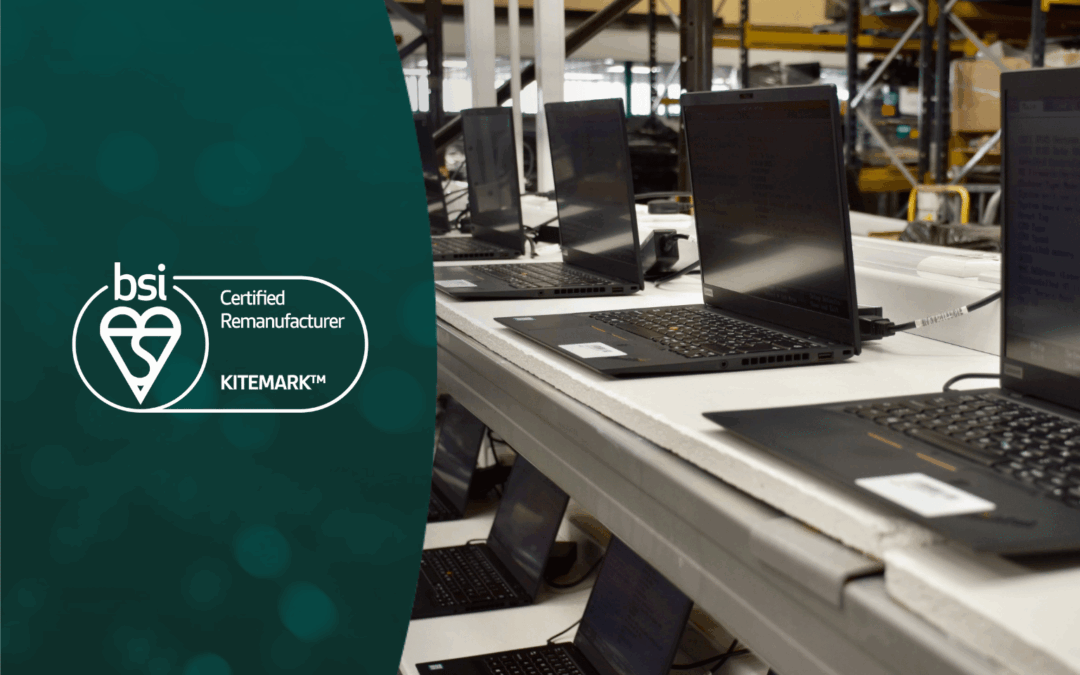Our customers and business associates alike are now actively looking to do business with eco-friendly brands. Businesses are recognising the importance of these changing values and their marketing teams are keen to demonstrate their green credentials. Whilst sustainability was once seen to be in conflict with business efficiency and profit, it is now widely recognised as being good for business and your bottom line.
As internet use continues to sky-rocket, the information industry has led to an explosion in energy use. Our transition towards cloud-working has seen energy consumption in the IT sector soar on a global scale with many businesses seeking ways to step up their sustainability efforts.
Concurrently, with energy prices at a record high, the need to reduce business overheads has never been more in focus as organisations continue to recover from the economic downturn following the pandemic.
Sustainable IT best practice measures can be implemented both immediately and in the near future to help businesses operate in an environmentally responsible manner and mitigate the impact of the spiralling energy costs in the long-term.
What is sustainable IT?
Put simply, sustainable IT or green IT is an approach which minimises the IT department’s impact on the environment. Whilst this covers the manufacturing process and responsible disposal, device lifetime usage plays a substantial part due to energy consumption. In some organisations, where there’s no facilities management team, IT can also assume responsibility for amenities, such as lighting and air conditioning.
What are the advantages of sustainable practices in the workplace?
It goes without saying that the biggest advantage of adopting more responsible working practices is to protect our environment and limit global warming. We’ve all known the benefits of using energy-efficient LED lighting or turning the thermostat down a notch for some time, but beyond this, what can businesses do to reduce their energy consumption, reduce costs and follow sustainable best practice?
Know your energy use.
When making reductions, it’s important to have a benchmark, monitoring progress towards a target. You might switch to a 100% renewable energy supplier and install a smart meter to see how much your business is spending on energy each day. If you don’t have a smart meter, make sure you submit monthly meter readings – this helps avoid over estimated bills.
Achieve buy-in.
Electing a member of staff to oversee the reductions will ensure the project remains a priority. Although ultimately, your entire team is responsible.
Achieving widespread buy-in throughout your entire organisation is crucial when it comes to establishing energy-efficient practices. Ask your employees for their innovative energy-saving ideas; this encourages a cultural shift towards more sustainable practices.
Old habits die hard, especially for busy employees, so it’s only natural that a change of mindset may take a little time. You can prevent forgetfulness adding to your electricity bill, however.
Automation and settings.
Just as motion sensors make sure that rooms aren’t unnecessarily lit, the use of smart plugs or gangs will ensure that unused equipment is turned off. Excluding the fridge, the servers and its cooling equipment, most electrical devices could automatically power down after-hours.
You can use shortcut settings to set individual machines to hibernate with one press of the power button or close a laptop screen. Although employees are used to locking their computer when they leave their workstations, few hit the monitor power button when heading to lunch or into a meeting. Whilst your employees get into the habit of being more energy-conscious, you can provide a backup by setting all screens to a 10-minute time-out and removing any obsolete screensavers.
According to research by Harvard University, reducing your computer monitor’s brightness from 100 to 70% will save 20% of the screen’s energy. When monitors need replacing, an LCD display can save up to 70% in energy costs. +
Maximise lifetime value.
More than 160,000 laptops are disposed of every single day in the EU alone. What’s more, a staggering 70% of those could be reused.
Circular Computing.
When our technology starts to show signs of inefficiency, more often than not this can be improved by upgrading components to regain near maximum efficiency. A recent study from Cranfield University showed that when tested, leading branded re-manufactured laptops offered 97% performance when compared to a brand-new model. Crucially, this delivered a 40% saving when upgrading. ** This is one of the questions to ask your ITAD provider; many now offer an upgrade service alongside data destruction services; particularly helpful if upgrading at scale, which can result in a substantial business savings.
Short lifecycles and limited warranties have led us to a culture of ‘take, make, use and dispose’. By adopting the ‘reduce, reuse, recycle’ approach, businesses can maximise their ROI for devices that would have previously been considered redundant IT assets. Upgrading components rather than the entire device is highly cost-effective. It also actively demonstrates your commitment to the circular economy and your contribution to the UN Sustainable Development Goals.
Buy new (and dispose) responsibly.
Even with an extensive upgrade program, there will always be end of life IT assets. When it becomes necessary to purchase new equipment, energy-efficient devices are likely to be high on the specification list as you replace energy-hungry hardware. You should also look to only buy from other sustainable brands. However, thought must also be given to asset longevity.
Forming part of the EU’s Circular Economy Action Plan, new models should be designed with repair in mind from the outset. By choosing models that have been designed to be renewed or rebuilt, you are also making a long-term commitment to your future upgrade policy.

Redundant IT equipment should always be disposed of responsibly. In 2021, it is estimated that the world produced 57.4 million metric tonnes of https://www.tier1.com/2021/11/30/5-best-practices-for-responsible-itad/e-waste, an increase of 4 million mT from the 53 million mT generated in 2020. We’re on a projected course to reach 74 Mt by 2030*.
Governed by the EU’s WEEE regulations, IT asset disposition companies are experts in the remanufacturing marketplace and are able to secure the very best residual values for recycled components – some even offer free IT asset disposal. It’s the ethical thing to do but can provide a new business revenue stream. By using an ITAD partner, you’ll ensure your equipment has undergone professional data erasure in line with EU and UK GDPR data destruction requirements, and that individual assets are issued with an IT asset disposition accreditation.
Reducing data storage.
40% of the energy used in our data centres is to power cooling equipment; this can be as high as 80% in warmer climates. ^ As a result, the environmental impact of our data storage is significant.
Many companies have transitioned much or all of their data storage to the cloud. This reduces that company’s direct energy consumption; however, the information is still stored elsewhere. Whilst emissions can be offset, by planting trees, for example, reducing the total amount of storage would be better.
Most companies store thousands of files that they’ll never need again, have no value and serve no purpose. The cost of storing this unnecessary data will definitely outweigh the need to keep it. How many duplicated files are there backing up every day? Compression can also help reduce storage by eliminating bytes and repetitions. Once reduced, it’s important to have processes to stop it from building up again, such as automated deletion after a set period.
Digital decluttering often results in excess storage. If you find yourself in this position, it is important to instruct data centre decommissioning experts to provide an all-important ITAD chain of custody. Out of hours, on-site data erasure will also ensure there is little or no business downtime.

Wireless charging.
It’s worth asking employees to switch back to wired smartphone chargers. Although popular, wireless chargers are far less power-efficient and often twice to three times slower. A 2020 side-by-side test found that wireless charging uses an average of 47% more power to charge fully. #
Wireless chargers emit an electromagnetic search signal to constantly check for a compatible device so they are on stand-by and drawing power all the time.
Embrace hybrid working.
The numbers of home offices doubled in 2021 as many made the temporary switch to remote or hybrid-working permanent. ++ Fewer employees in the office mean fewer computers, monitors, lights, air-con and the kettle will be boiled less, mounting up to considerable cost-savings. You may not need all that expensive office space and downsize to a new office with the support of secure office relocation services.

Businesses are recognising the operational benefits of embedding a sustainable ethos throughout.
Power management best practice is just one way to create a sustainable IT department. Not only does this benefit the environment, but it also ensures businesses keep pace with consumer values and demand, so they continue to grow despite the continued pressures faced.
Going green will increase your business efficiency and increase productivity whilst saving you money, and boosting your bottom line.
*WEEE Forum, **Circular Computing, +Computer Disposals, ++Zorlogics, #Tech Evaluate, ^CDL,
Helping businesses avoid any future data security issues, tier1 provide comprehensive environmentally friendly ITAD, upgrade services and IT disposal when equipment reaches end of life.
Our secure office relocation and on-site data centre decommissioning services ensure that disruption is minimal – ask us about our out of hours service.
Find out more about our secure data wiping services – contact us on 0161 777 1000 or visit tier1.com
Resources.
Axiom Workplaces, WEEE Forum, iNews, Circular Computing, Business Electric, Computer Disposals, American Express, Zorlogics, Tech Evaluate, CDL, The Independent, The BBC, Planet Earth Cleaning, Conserve Energy Future, Tech Times,




